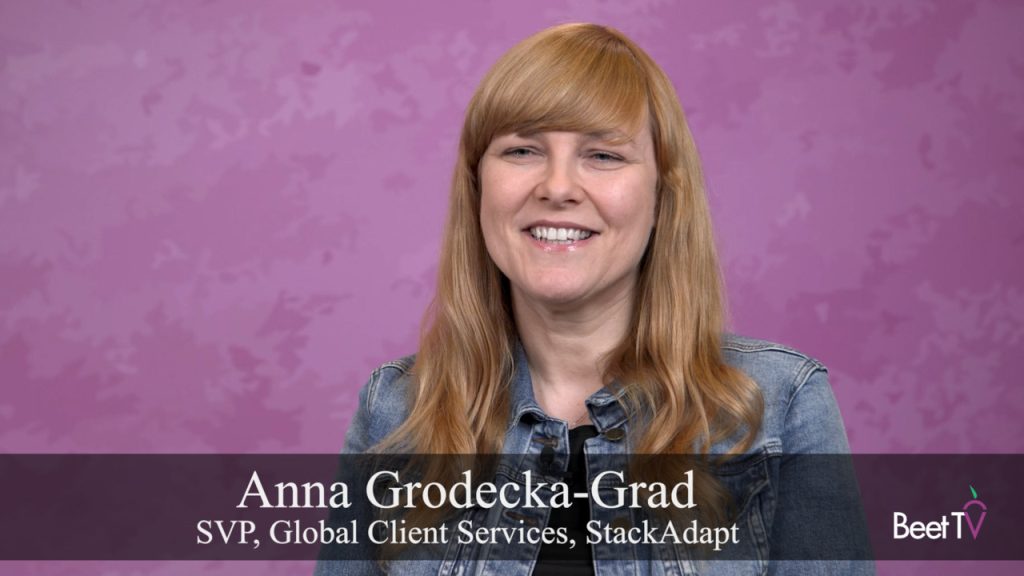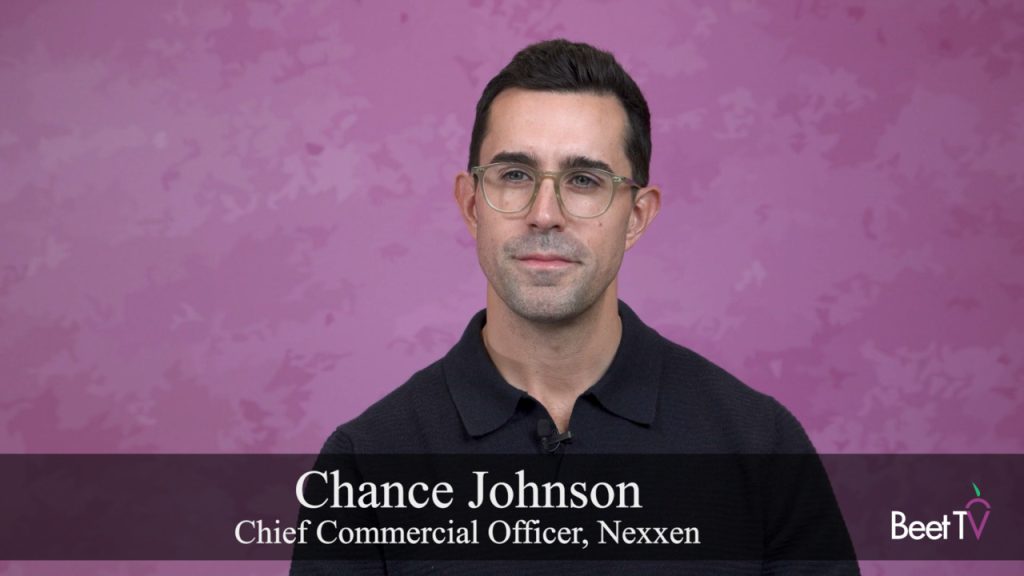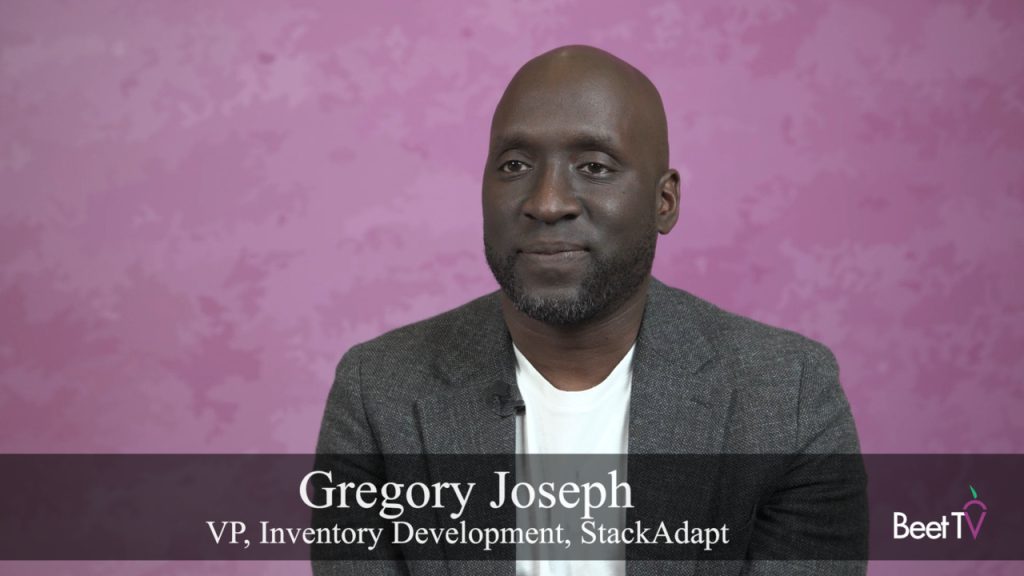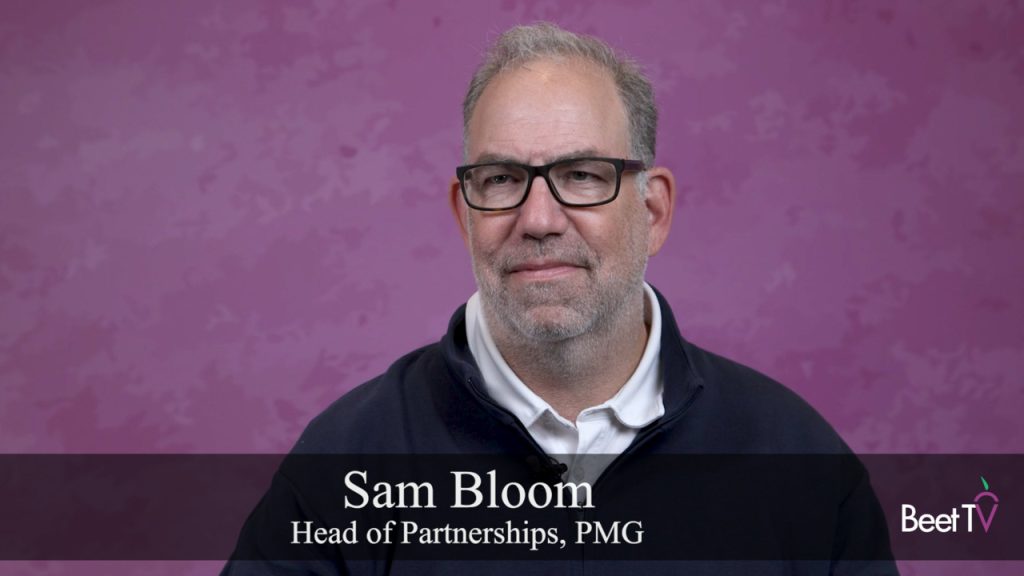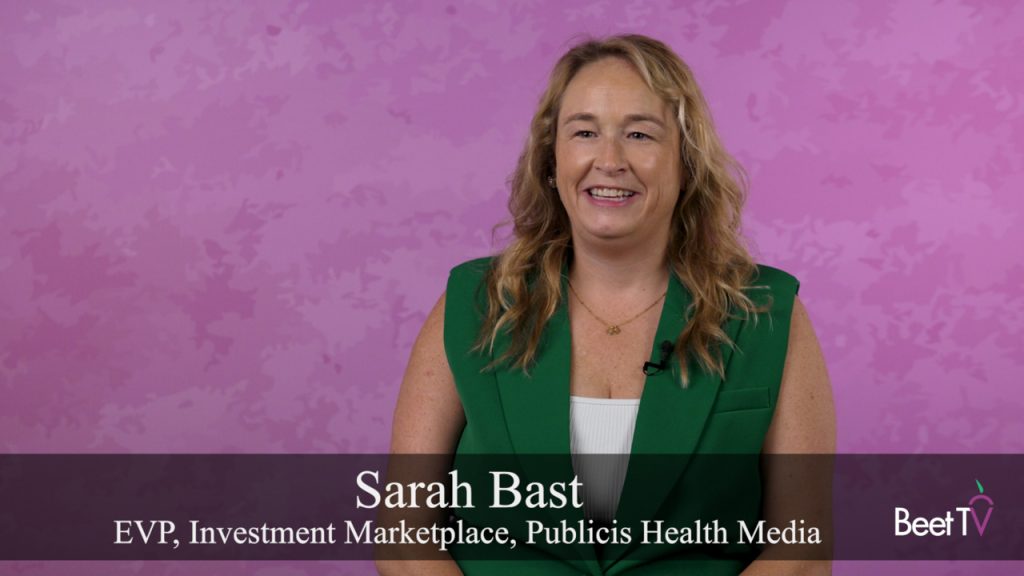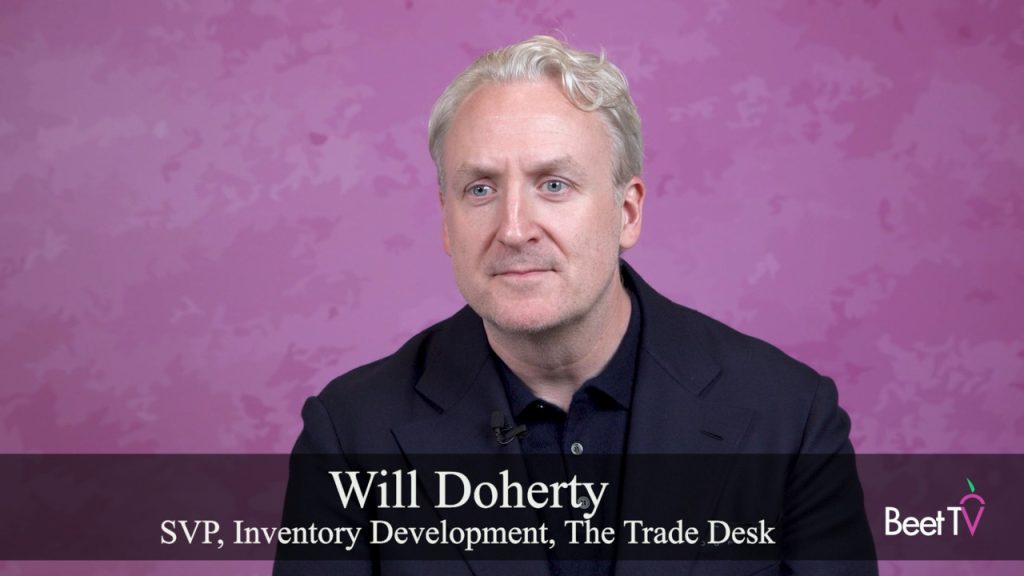
One of the most anticipated developments in Web video will be the implementation of open source video into Wikipedia.
The recent launch of Firefox 3.5 will support the Ogg format, which will be needed to view Wikipedia videos.
Although Explorer does not support Ogg, Wikipedia video watchers using the Microsoft program will be able to watch videos in a Java video player, according to Michal Tzur, co-founder and president of Kaltura.
While Firefox is surely browser of choice for the Wikipedia community, the site probably gets most queries using Explorer. So, the use of back up playback format will be key. Wikipedia has about 63 million unique visitors in June according to Compete.
Kaltura is the open source video platform which is working on the new video platform for Wikipedia. At the Open Video Conference last month, I spoke with Michal about the project.
Andy Plesser, Executive Producer
Video Transcript
Michal Tsur: Our idea is that users should be able to use video just the same way they're using text. So the thought is that the way they can very easily edit text articles, they should be able to very easily upload a video to each of the Wikipedia articles and then edit it, create sequences, and then other people in a participatory manner will be able to add additional videos to a sequence and remix it the same way it is done with the images right now on Wikipedia.
Andy Plesser: Okay, so, uh, how will that work? Kind of explain a little bit more about about the process of uploading and also editing.
Michal Tsur: Okay so from the user perspective, there will be just another link on any of the article pages allowing the users to upload a video to any Wikipedia page, and then once there is a video asset on the page, users will be able to very easily click an edit button and edit that video by adding to it, by clipping pieces out of it, by adding annotations on it in the future, and hopefully in some moment in the future later they'll also add transcriptions to it, add metadata to it so it can be searched more easily. That's the basic idea around the video.
Andy Plesser: What is the format of the video? It's not Flash, its Ogg Theora. Tell us about the video experience, what browser you can see it on, how the user interface works for people who are looking.
Michal Tsur: So, sort of the idea is to make it available to everyone in a format that would be able to be viewed and used by everyone, so I mean that's what Wikipedia is all about. So it's available to everyone that's why Wikipedia, and I'm not speaking for Wikipedia, but that's their open and public policy is that everything will be 100% open source and free and that's why the choice of format is for 100% free software. And they initially, when the initial beta for this was launched it was actually launched on this website based on Flash and then, you know, the community rightfully didn't like it and we immediately explained that in the end it's going to be 100% free. The format's going to be Ogg for the video, which is supported by the new Firefox 3.5 that's gonna be launched, and users who use Mozilla Firefox will have an experience so users who will be using Explorer will default to a different player, but in the end, everybody will be able to watch these videos and participate in the video creation.
Andy Plesser: And if you're watching it on Explorer, how does that work?
Michal Tsur: So if you're watching it on Explorer it will likely default to a Java media player.
Andy Plesser: Tell us a little bit about, you know, the development of Kaltura, sort of where where you guys are implementing it where we might see it deployed. I know it's growing and a lot of people are using it. Where is it going in terms of usability, deployment? Give us some some thoughts of where it is and where it might go.
Michal Tsur: So let me give you like a 10,000 feet overview of Kaltura. Kaltura is an open source video platform, which means that we provide the software, infrastructure, and all of the services that are necessary for publishers to publish, to manage, to syndicate, and to monetize on video content online. There are many other video platforms; we're the only 100% open source and free video platform. We offer a 100% to SaaS solution, which is then hosted and is similar to the proprietary platforms. We also offer a self-hosted solution which is then could be 100% free or offered as an enterprise edition, fully supported and maintained by Kaltura for the larger customers who want open source who wanted to be supported and maintained. There are about 30,000 publishers already integrated with our platform. There are hundreds of them who integrate every day. One of our main distribution strategies is creating modules and plug-ins for all of the leading CMS platforms. So we already created a plug-in and the modules for WordPress, for Drupal, we're going to be launching Moodle and Joomla very shortly, which means that if you're building a site based in Drupal and you want video, you just download our plug-in, our module, and "boom," it's pre -integrated with our content management system and you have all of the functionality sync back and forth with Drupal and Kaltura.







